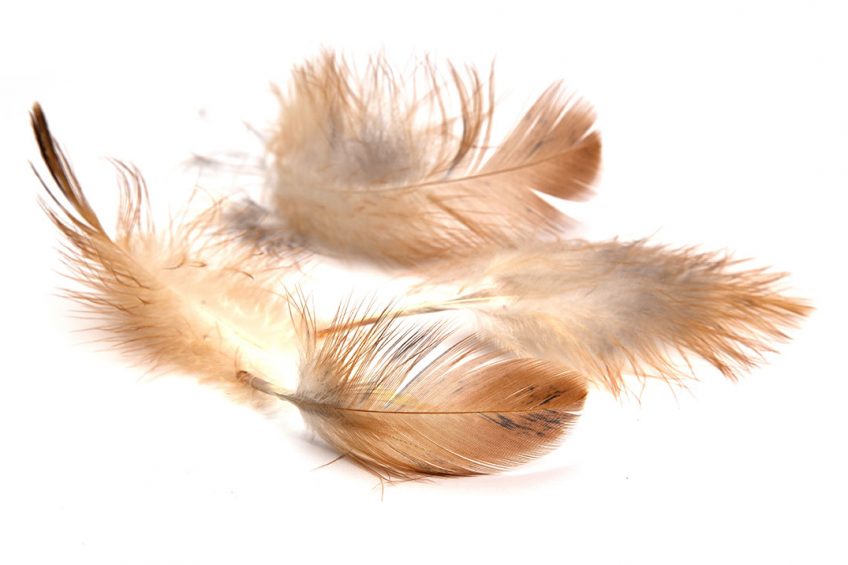Mortality due to feather pecking can be reduced through breeding

Mortality rates due to feather pecking can be reduced through breeding, according to new European research published this week.
The study, carried out by Esther Allen and Piter Bijma at the University of Wageningen, Netherlands, looked at the issue in the light of feather pecking having large economic and welfare consequences in the commercial poultry industry.
Past research has found that with feather pecking, the survival time of a hen depends both on her generic ability to avoid becoming a victim and on the genetic tendency of her group mates to perform feather pecking.
The study
Therefore, to improve survival time of laying hens, the study looked at the importance of using a breeding strategy that captured both direct and indirect genetic effects of selection candidates.
The study investigated the prospects for solving mortality due to feather pecking in laying hens by genetic selection.
It reviewed the following areas:
- Genetic parameters for survival time
- Deterministic simulation to predict response to selection for two multi-trait crossbred breeding programmes – a traditional recurrent testing scheme and a genomic selection scheme
- Looked at the prospects for sustained improvement of survival time when mortality becomes low.
Results
The results showed that survival time has considerable heritable variation – most estimates of the total additive generic standard deviation are larger than one month.
As expected, predicted single generation response to selection in survival time with genomic selection is substantially larger than with recurrent testing. This was particularly so when the correlation between survival time and other breeding goal traits is zero..
For example, when mortality was 35%, the genetic correlation between survival time can be improved with – 23 D in one generation, using genomic selection.
However, the results also showed a strong decrease in heritability when mortality decreases, indicating that continued improvement becomes increasingly difficult.
The paper was published in the Genetics and Genomics section of Poultry Science












